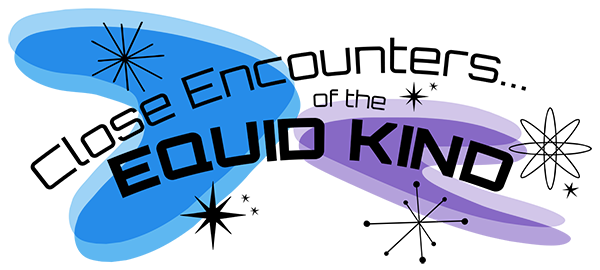Event Title
The History of the Colorado Quarter Horse: How Environment Shaped America’s Most Versatile Horse
Session
Session 4: Breeds Over Time and Place
Location
Mary Tefft White Cultural Center, University Library
Start Date
30-9-2023 9:00 AM
End Date
30-9-2023 10:30 AM
Description
Quarter Horses are among the most recognizable and popular breeds in the world today. The legend of the Steeldusts, Indian Ponies, and Short Horses have been written about in prior scholarship but use one narrow lens placing development focus primarily on Texas and Oklahoma, ignoring or placing onto the periphery the significance of Colorado breeders. While scholarship gives some credence to Indigenous contributions, the term Indian Pony for all horses being bred by Indigenous populations discredits the unique contribution of the Utes in Colorado to the breed. The mountainous Colorado environment, pioneer homesteader breeders, and the Ute of Routt County, Colorado, were significant players in helping to establish and shape the breeding of horses in the American West. Marrying the histories of the Ute with homesteader settlers in the place of Routt County, Colorado, we get a new version of the story of the creation of the American Quarter Horse. This article will discuss the role of the Utes and their contribution to Quarter Horse breeding in Routt County, chronicle the pioneer breeders who came to the area after the removal of the Utes, and showcase the importance of the role environment plays in animal breeding, all leading to the formal creation of the American Quarter Horse Association, the most popular breed registry in the United States.
Recommended Citation
Greer, Jessica, "The History of the Colorado Quarter Horse: How Environment Shaped America’s Most Versatile Horse" (2023). Equine History Collective Conference. 1.
https://docs.rwu.edu/equinehistory-conference/2023/saturday/1
The History of the Colorado Quarter Horse: How Environment Shaped America’s Most Versatile Horse
Mary Tefft White Cultural Center, University Library
Quarter Horses are among the most recognizable and popular breeds in the world today. The legend of the Steeldusts, Indian Ponies, and Short Horses have been written about in prior scholarship but use one narrow lens placing development focus primarily on Texas and Oklahoma, ignoring or placing onto the periphery the significance of Colorado breeders. While scholarship gives some credence to Indigenous contributions, the term Indian Pony for all horses being bred by Indigenous populations discredits the unique contribution of the Utes in Colorado to the breed. The mountainous Colorado environment, pioneer homesteader breeders, and the Ute of Routt County, Colorado, were significant players in helping to establish and shape the breeding of horses in the American West. Marrying the histories of the Ute with homesteader settlers in the place of Routt County, Colorado, we get a new version of the story of the creation of the American Quarter Horse. This article will discuss the role of the Utes and their contribution to Quarter Horse breeding in Routt County, chronicle the pioneer breeders who came to the area after the removal of the Utes, and showcase the importance of the role environment plays in animal breeding, all leading to the formal creation of the American Quarter Horse Association, the most popular breed registry in the United States.


